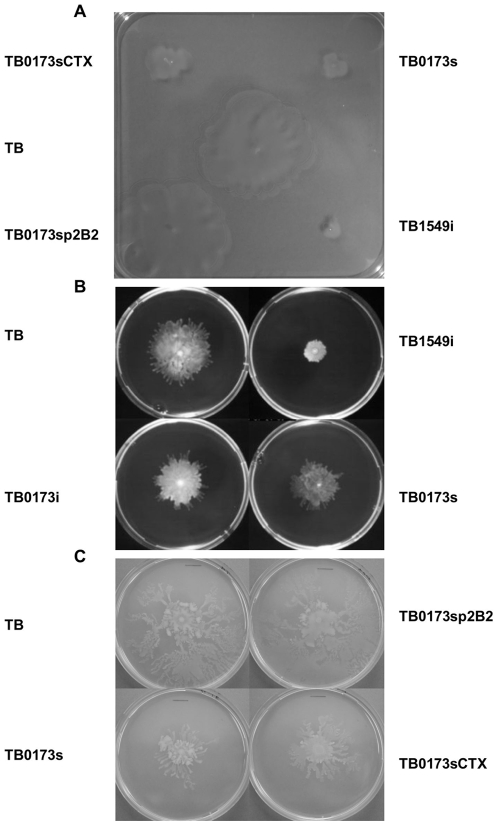Figure 2. Swimming and Swarming Motility of TB and Isogenic Mutants.
(A) Swimming motility. The cheB2 mutant (TB0173s) shows reduced motility as compared to the parental strain (TB) whereas complementation with CTXp2B2 (TB0173sp2B2) fully restores motility. The non-complemented cheB2 mutant strain carrying CTX1 (TB0173sCTX) remains poorly motile. The cheB1 mutant (TB1549i) displays greater motility defect as compared to the cheB2 mutant. Colony area representing the motility zone was calculated using Macnification software (Orbicule BVBA Heverlee, Belgium). TB; 15,92 cm2, TB0173s (cheB2 mutant); 2,58 cm2, TB0173sp2B2 (complemented cheB2 mutant); 14,25 cm2, TB0173CTX (cheB2 mutant); 1,0 cm2, TB1549i (cheB1 mutant); 0,48 cm2. (B) Swarming motility. The cheB2 mutants (TB0173s and TB0173i) display slightly reduced motility as compared to the parental strain (TB), whereas the cheB1 mutant (TB1549i) shows a drastic swarming motility defect. (C) Swarming motility of the cheB2 mutant (TB0173s) is restored to wild-type strain (TB) level upon introduction of the CTXp2B2 (TB0173sp2B2), whereas the cheB2 mutant strain carrying an empty CTX1 (TB0173sCTX) does not display a similar motility restoration.

